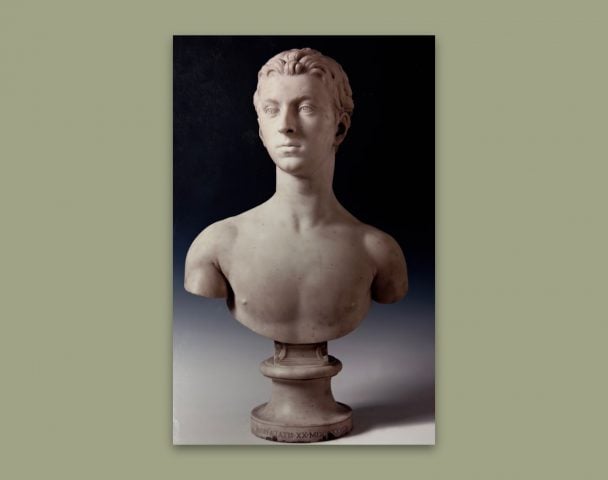Victims and heirs of East German looted art have been offered fresh hope that their belongings will be returned, Deutsche Welle reports. Recent high-profile restitution cases, such as the the discovery Cornelius Gurlitt’s collection of alleged Nazi looted art, has encouraged museums and archives to engage in more detailed provenance research, which is likely to spill over to GDR-looted art.
According to a 1993 report by a German investigative committee on looted art in East Germany, more than 200 people are assumed to have been blackmailed or arrested on fabricated charges so that their collections could be seized by the state. The sale of stolen or looted artworks and antiques by East Germany earned the government an average 25 million deutschmarks—the higher valued currency of West Germany—per year.
In 1973 a state-led art and antiquities company Kunst und Antiquitäteten GmbH, known as K&A, was founded as part of the Ministry of Foreign Trade. Alexander Schalck-Golodkowski, a close associate of GDR head of state Erich Honecker, was in charge of commercial coordination within the ministry.
Amid increasing debt that left the GDR on the brink of financial collapse, Schalck-Golodkowski founded a task force known as “art investigators” within the Stasi to source cultural goods. Looted art, china, coins, books, jewelry, and tapestries were stored in vast warehouses and sold to Western dealers and collectors.
Until now, few seized artworks or antiques have been returned. However Spiegel online recently reported that the Angermuseum in Erfurt has returned 23 artworks to collector Heinz Dietel’s son. According to art investigator Gilbert Lupfer of the Staatliche Kunstsammlung Dresden, provenance research will increasingly take on GDR-looted art, and it is likely that more artworks will be returned to their rightful owners.





